Samsung Galaxy S7 vs Apple iPhone 6s
We put the current iPhone 6s and the new Galaxy S7 head-to-head
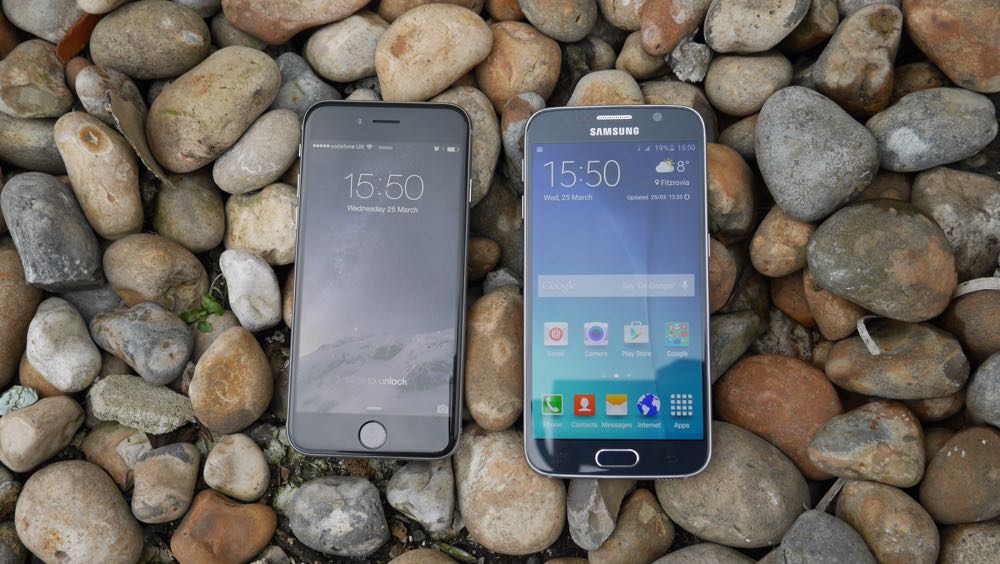
Despite the titanic struggle between Apple and Samsung for control of the high-end smartphone market, they're probably only fighting over a handful of undecided buyers. Most people have by now, in all likelihood, already picked their mobile platform of choice and are sticking with it for the long term.
That means that the majority of Samsung Galaxy S7 buyers will be owners of older Samsung Android phones, rather than first-time buyers and iPhone switchers. Even so, it's worth looking at how the new Galaxy S7 stacks up against the iPhone 6s Samsung certainly will have done in its constant race to one-up the iOS competition.
Casing
While Apple has long since moved away from the glass back and metal rim casing first pioneered by the iPhone 4 in favour of a HTC-style metal-backing on the iPhone 6s, Samsung has gone in the other direction.
The S7 retains the same overall look of the S6 with glass overlaid on top of a coloured backing with a metal trim around the edges. The rear of the S7 casing, unlike the S6 before it, is now curved on the left and right hand sides. This makes it feel surprisingly comfortable in the hand for a phone of its size.
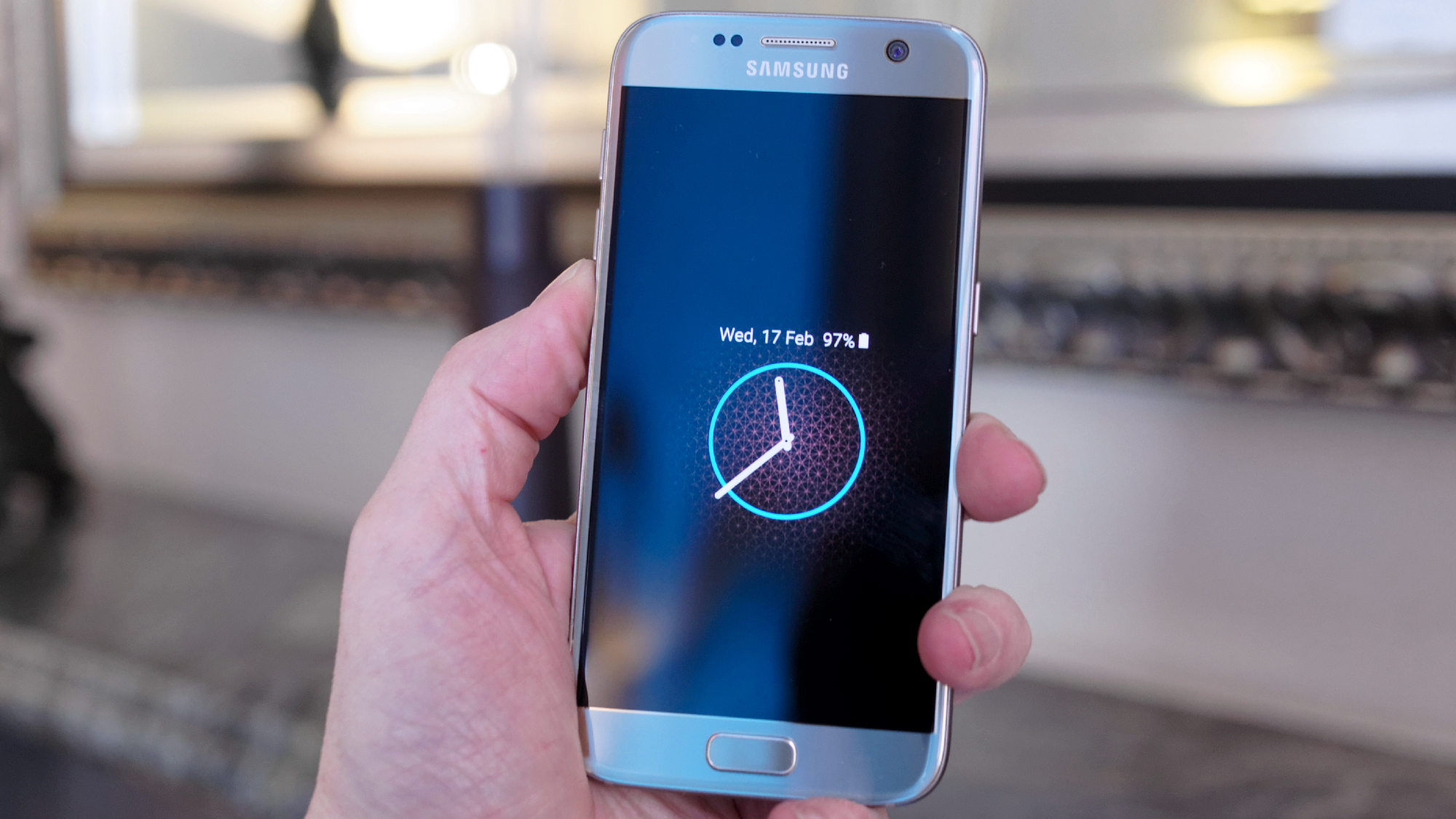
The S7 brings back a feature not seen on a Samsung flagship phone since the S5 water and dust resistance. The S7 is IP67-rated, so it should be able to survive immersion in shallow depths for up to 30 minutes. This gives it an immediate advantage over the 6s.
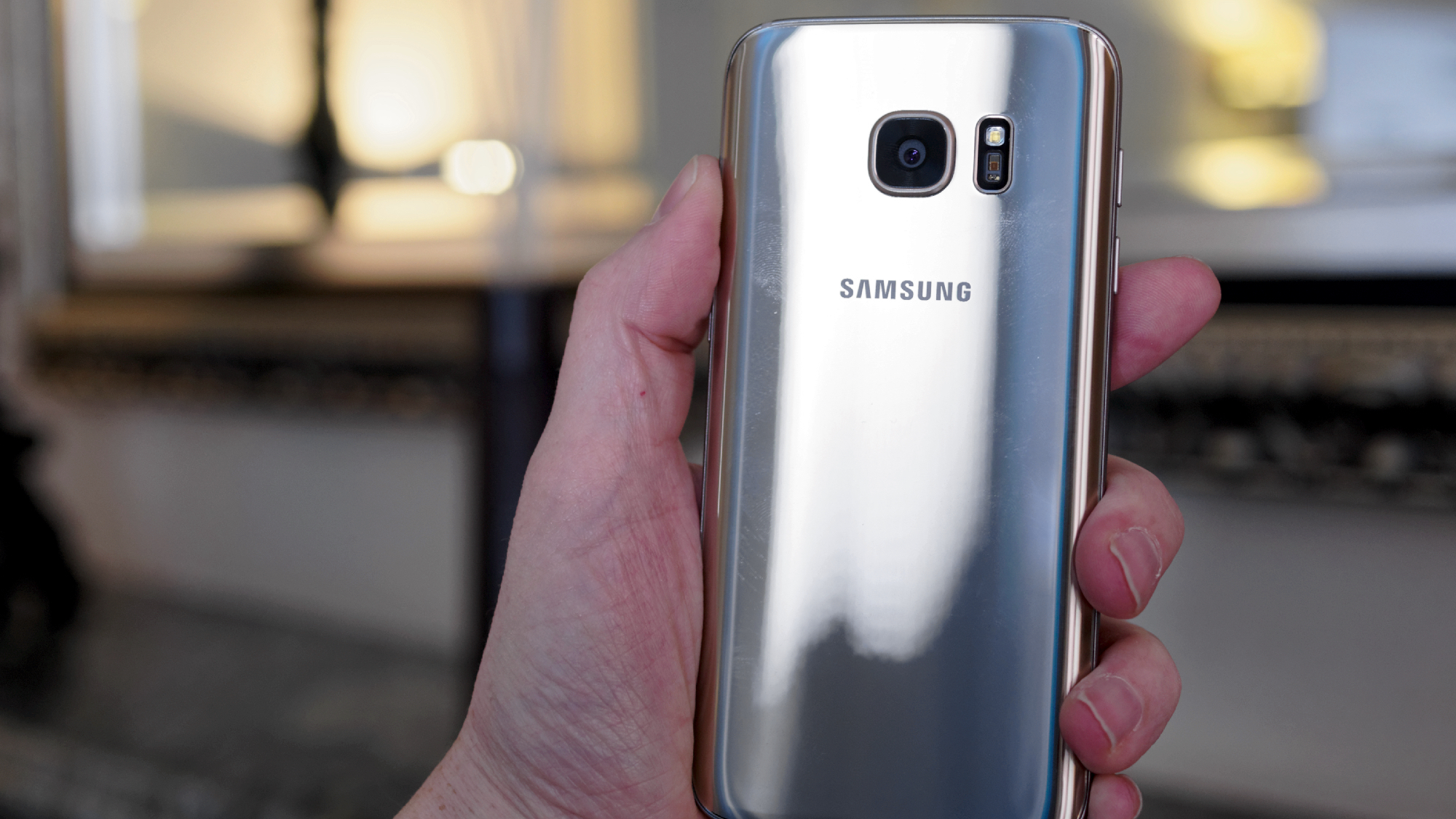
Although Apple has allegedly improved the water resistance of the iPhone 6s too, it has done so silently and not made any public claims about the extent of its durability leaving it to customers to discover this supposed enhanced water resistance on their own.
We wouldn't deliberately expose any smartphone to water unless absolutely necessary, but it's good to know that the S7 will be more durable than most.
Another plus is that the S7 has a Micro SD slot so you can easily add more storage as you need it, or just transfer files without relying on slow, congested or non-existent WiFi or 4G connections. No iPhone has never had micro SD, so the iPhone 6s is reliant on slower and fussier wireless storage devices if you need more non-cloud based storage.
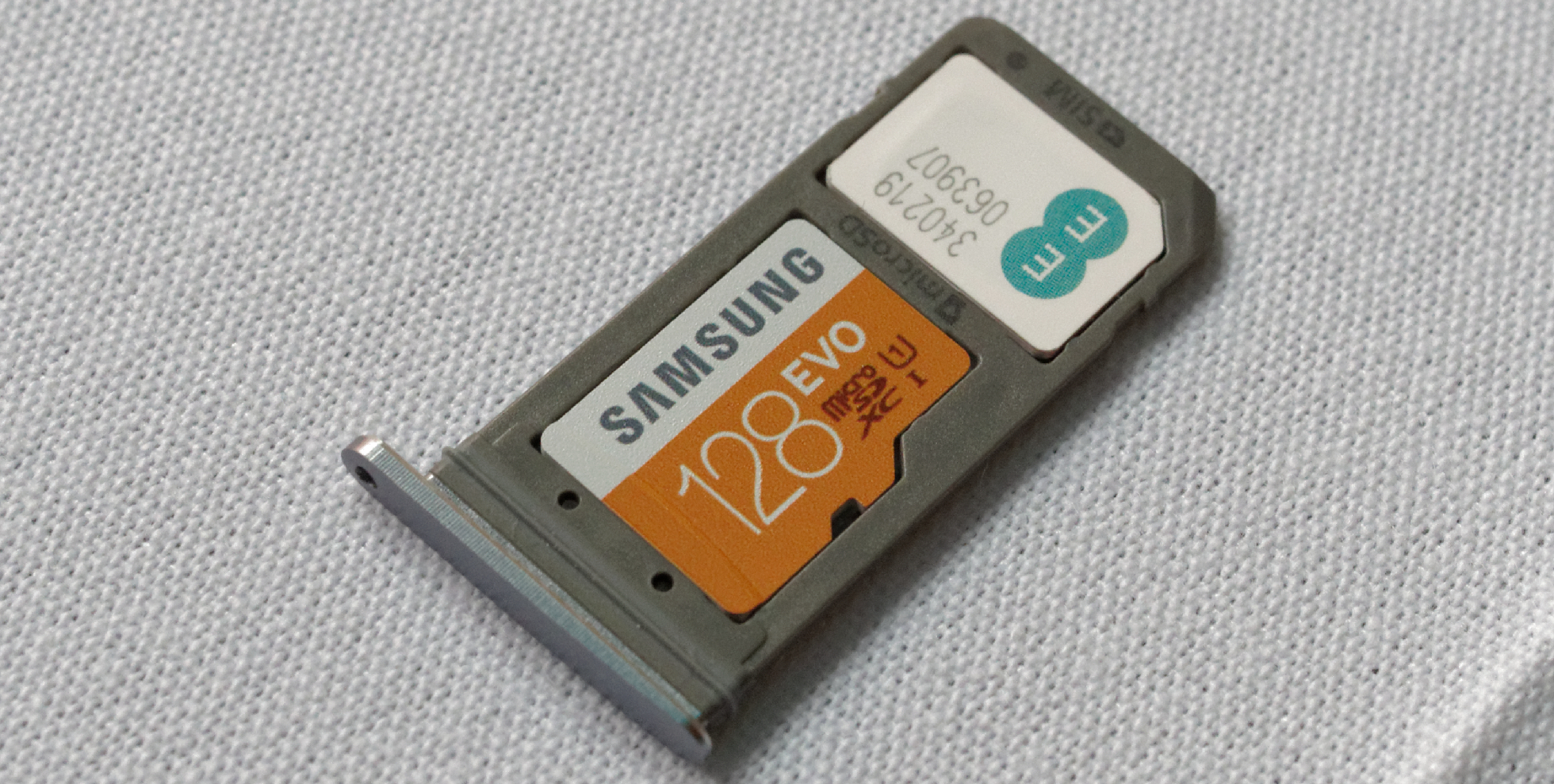
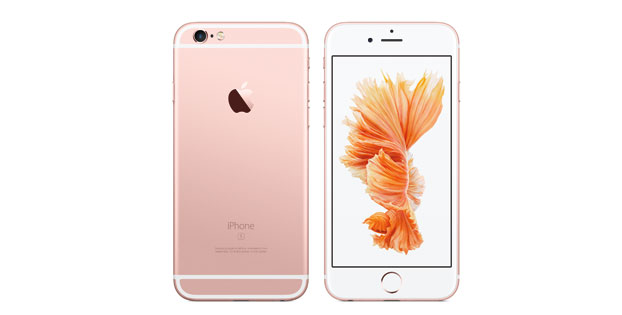
Winner: Galaxy S7. Although we have concerns about the long-term durability of the S7's potentially shatter-prone glass back, its water resistance and expandable storage give it the edge here.
Display
The S7's 5.1in screen has a resolution of 2560x1440 pixels. On paper, this dwarfs the iPhone 6s' 4.7in 1334x750 pixels, but in practice the difference in sharpness is actually quite modest at typical viewing distances. It's only readily apparent if you're looking at both phones very closely side-by-side.
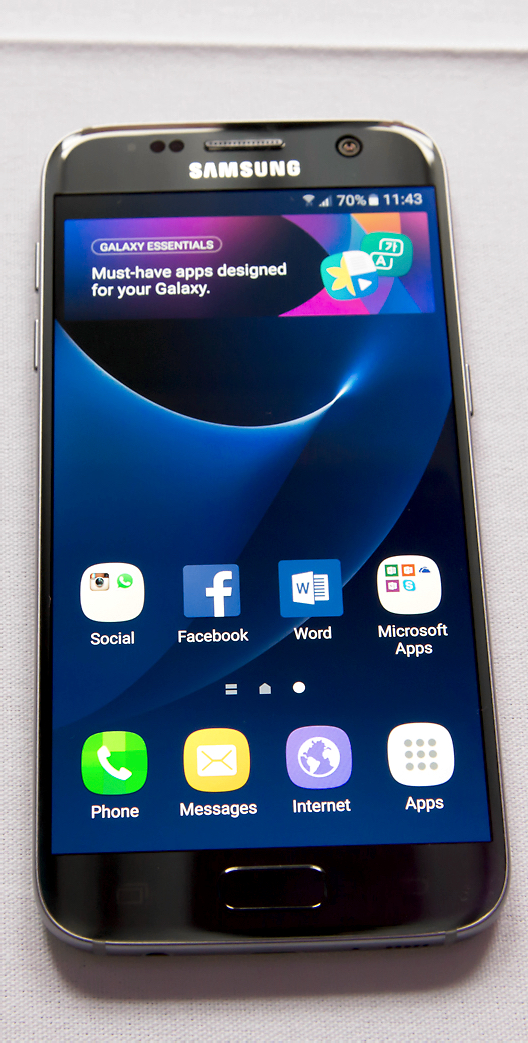
The AMOLED technology behind Samsung's screen means deeper blacks compared to the IPS LCD used in the iPhone 6s. Although AMOLED is allegedly also more power efficient, battery life is dependent on so many other factors that an AMOLED screen isn't an automatic guarantee of longer overall battery life. In theory, AMOLED screens have a shorter useful life span than an LCD, but this isn't a critical failing given that most people replace their phones every couple of years.
The 6s' screen is much brighter than the S7's, but the latter has a slightly wider colour gamut for improved colour accuracy. The modest difference isn't as dramatic as Samsung would have you believe though.
Winner: Tie. It's swings and roundabouts in this category.
Camera
Samsung has recently caught up with Apple when it comes to high quality cameras in flagship smartphones. Like the 6s, the S7 now has phase detection autofocus but neither was noticeably faster than the other at auto focussing. We found we did have to manually readjust the focus a little more often with the S7 than we did with the 6s, but this wasn't often enough to be a bugbear.
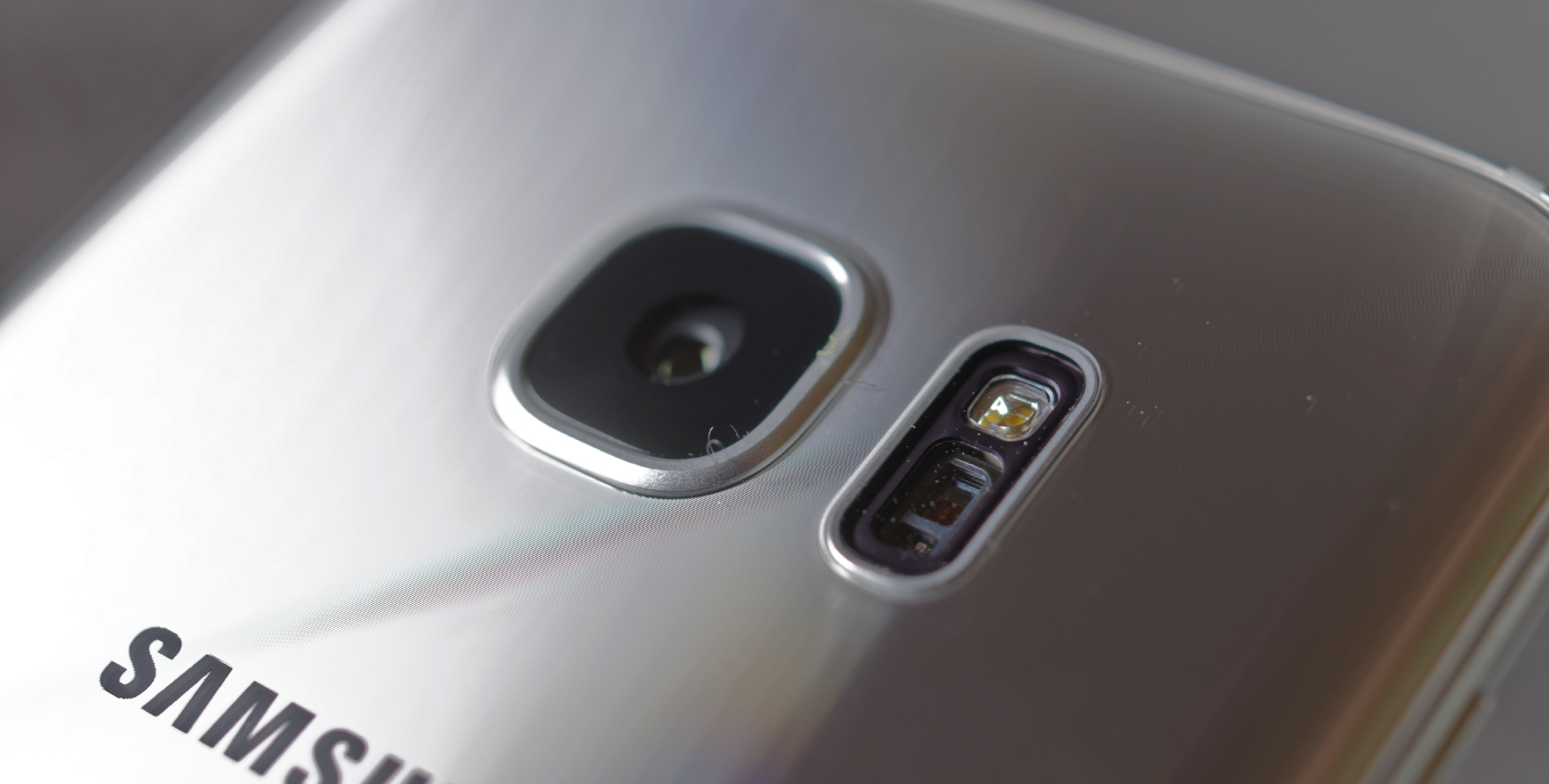
Samsung has recently caught up with Apple when it comes to high quality cameras in flagship smartphones. Like the 6s, the S7 now has phase detection autofocus but neither was noticeably faster than the other at auto focussing. We found we did have to manually readjust the focus a little more often with the S7 than we did with the 6s, but this wasn't often enough to be a bugbear.
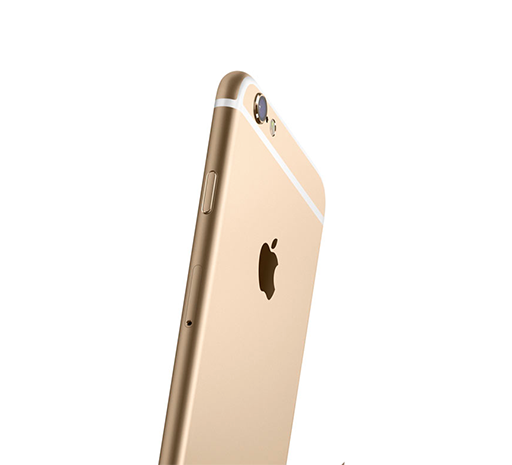
Both the S7 and the 6s have 12 megapixel cameras, but the S7 has a much wider f1.7 aperture compared to the iPhone's increasingly antiquated f2.2. It therefore edged ahead at low light photography with better lit, better exposed scenes. The 6s wasn't far behind and both did well at keeping noise, which often mars low light shots on lesser phone cameras, to a minimum.
Winner: Galaxy S7. The 6s has an excellent camera, but the S7's shooter is just that little bit better.
Processor and battery
Both flagship phones use custom-made ARM processors made by Apple and Samsung themselves, rather than using off-the-shelf chips from manufacturers such as Qualcomm.
The iPhone 6s uses Apple's own in-house 1.8GHz A9 dual core processor, while the S7 uses a Samsung Exyno 8890 chip. It's an eight-core processor, but only one set of four cores ever run at any given time. Four cores running at 2.6GHz take on the most strenuous tasks, while four slower cores running at 1.6GHz take over for less demanding work and thus save battery life too.
Given all that, it's easy to expect that the 8890 would outperform the A9, but our benchmarks revealed a more nuanced picture. The 8890's extra cores unsurprisingly gave it an edge in heavily optimised multicore scenarios, but the A9 sped ahead in single-core and 3D graphics tasks. The A9 also fared better in our JavaScript benchmark.
The S7 has a huge battery rated at 3000mAh, while the iPhone 6s has a much smaller 1715mAh battery. Once again though, sheer numbers aren't the end of the story. The S7's large battery and dual quad-core design helped it last just under 18 hours in our video playback test compared to the iPhone 6s' score of 11 hours and 18 minutes.
The situation was reversed in our less-controlled but more representative moderate usage everyday test though. Both phones were connected to O2's 3G network in central London and used for a mix of photography, calls, web browsing and GPS. The S7 managed just over 23 hours, while the 6s lasted just under 30 hours.
Winner: iPhone 6s. Both phones are very fast, with neither having a clear, overall advantage. The S7's longer-lasting battery when it comes to media playback will please movie fans, but the 6s' otherwise better showing means it just wins this category.
Connections
Samsung once tried to push the state of the art forwards when it came to smartphone ports. The Samsung Galaxy Note 3 was the first phone to have micro USB 3, but ended up being one of the last. Samsung has been more conservative with the S7 which sticks with the ubiquitous micro USB 2 instead of the more advanced but less widespread USB Type-C.
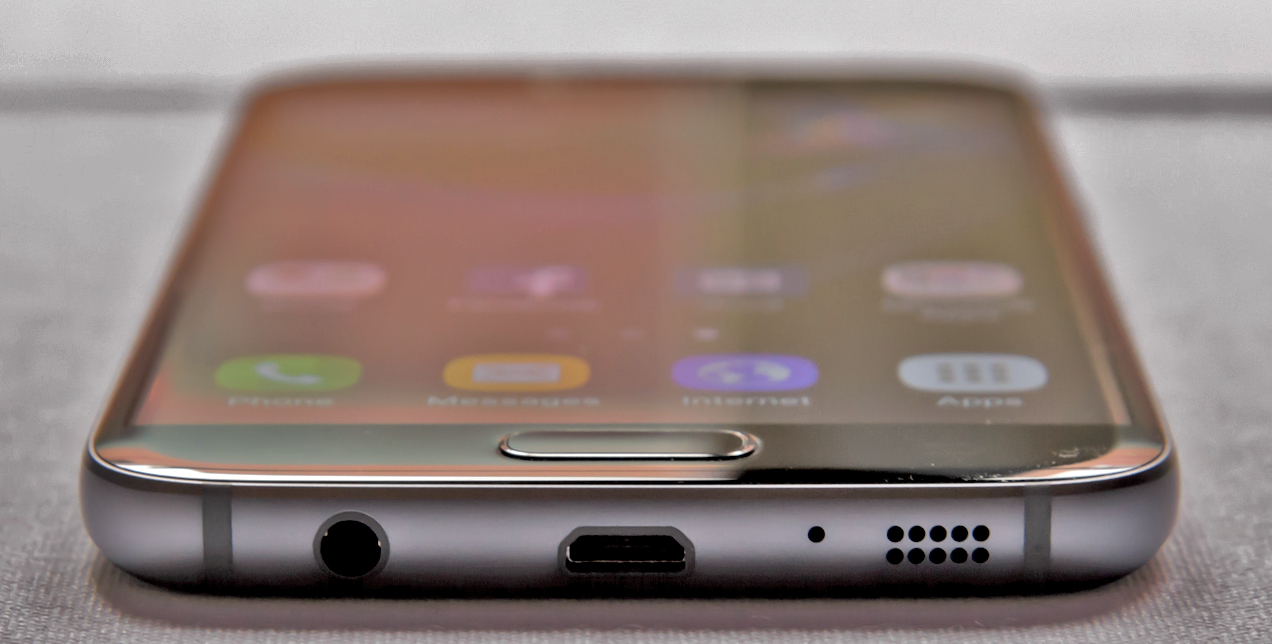
The iPhone 6s doesn't have USB-C either, but instead uses Apple's proprietary Lightning connector. This has many of the same benefits as USB-C, mainly its reversible design so it doesn't matter which way up you plug it in, but isn't quite as easily found in the wild as micro USB.
Lightning doesn't have the fast charge capabilities of USB-C though. Samsung has built its own fast-charging technology into the S7's micro USB port, although the technical details of how it differs from the Qualcomm-based fast charging in other Android phones is hard to come by. Fast charging typically shortens the useful life span of a battery, but this isn't a critical flaw if you replace your phone every couple of years.
It's worth remembering that fast charging doesn't work if you charge the S7 using its built-in inductive wireless' charging features. Although not truly wireless and it doesn't reduce the number of cables you need, inductive wireless charging can still be useful if you have poor eyesight and reduced dexterity in your fingers due to, for example, arthritis. Plopping a phone down onto a charging pad is easier than fiddling about with a small cable tip and port.
Both smartphones have Bluetooth 4.2, 802.11ac and NFC. In the case of NFC, it's worth remembering that iOS currently only supports it for Apple Pay whereas the S7's NFC can be used for other things such as quickly connecting to Bluetooth speakers. Mobile tap payments by Samsung Pay aren't yet supported in the UK, but Google Pay is now rolling out.
Winner: Galaxy S7. The Samsung phone's fast-charging and more flexible NFC capabilities give it a modest but useful edge ahead here.
Conclusions: the overall winner
It's no surprise that this head-to-head was a tight race, closely fought Apple and Samsung are bitter global rivals with fans on both sides that are even more committed. If you're willing to switch or you're the rare, uncommitted first-time buyer then you can't go wrong with either phone.
While the differences between the two are increasingly razor-thin, these are still just enough to tip the scales if you're willing to switch. The 6s is very fast, with a great camera and arguably better overall battery life, but the S7 has water-resistance, a more comfortable shape, more flexible connections and storage as well as an excellent camera of its own.
This might all change with the iPhone 7 (or it might not), but for now the Galaxy S7 is king.
This article was originally published on 19/2/2016 and has since been updated, most recently on 25/5/2016
Get the ITPro daily newsletter
Sign up today and you will receive a free copy of our Future Focus 2025 report - the leading guidance on AI, cybersecurity and other IT challenges as per 700+ senior executives
-
 Bigger salaries, more burnout: Is the CISO role in crisis?
Bigger salaries, more burnout: Is the CISO role in crisis?In-depth CISOs are more stressed than ever before – but why is this and what can be done?
By Kate O'Flaherty Published
-
 Cheap cyber crime kits can be bought on the dark web for less than $25
Cheap cyber crime kits can be bought on the dark web for less than $25News Research from NordVPN shows phishing kits are now widely available on the dark web and via messaging apps like Telegram, and are often selling for less than $25.
By Emma Woollacott Published
-
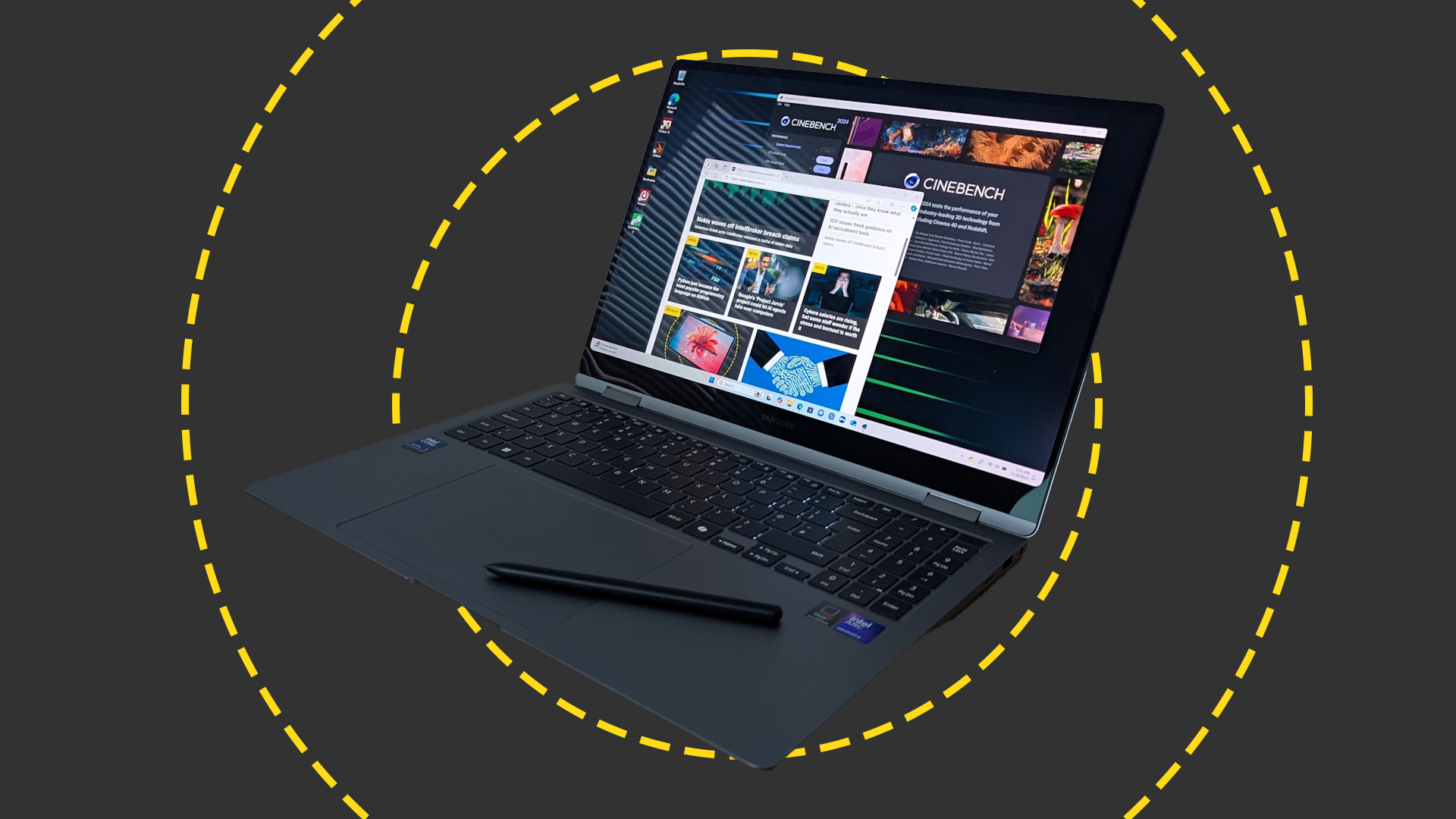 Samsung Galaxy Book 5 Pro 360 review: Almost the perfect big-screen laptop
Samsung Galaxy Book 5 Pro 360 review: Almost the perfect big-screen laptopReviews The Book 5 Pro 360 is a laptop you slowly get accustomed to, rather than one that feels right from the word go.
By Stuart Andrews Published
-
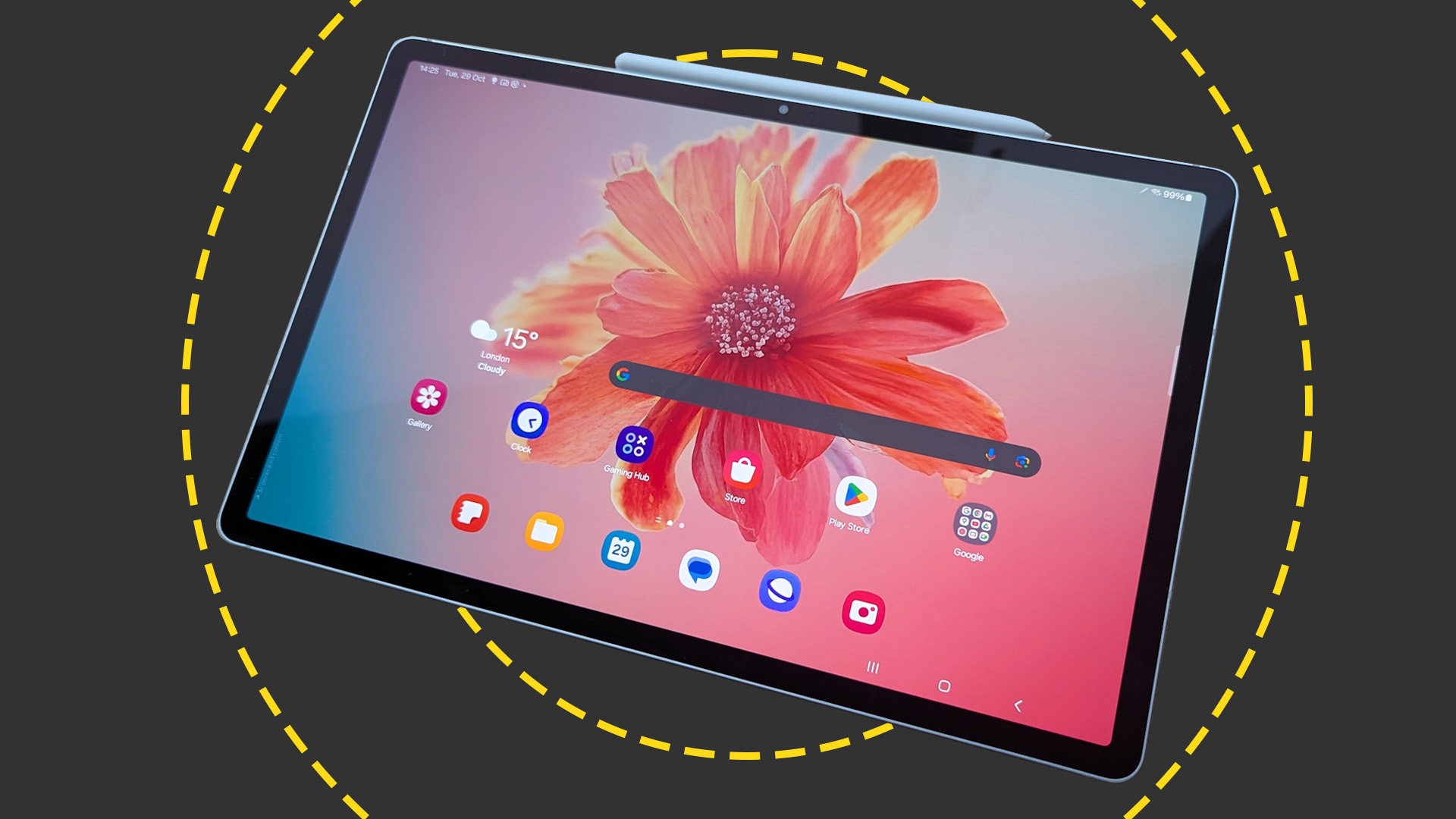 Samsung Galaxy Tab S10+ review: Possibly the best Android tablet for business
Samsung Galaxy Tab S10+ review: Possibly the best Android tablet for businessReviews With good performance, AI features and an exceptional screen, the Tab S10+ is the best Android tablet out there, if not quite the best tablet overall
By Stuart Andrews Published
-
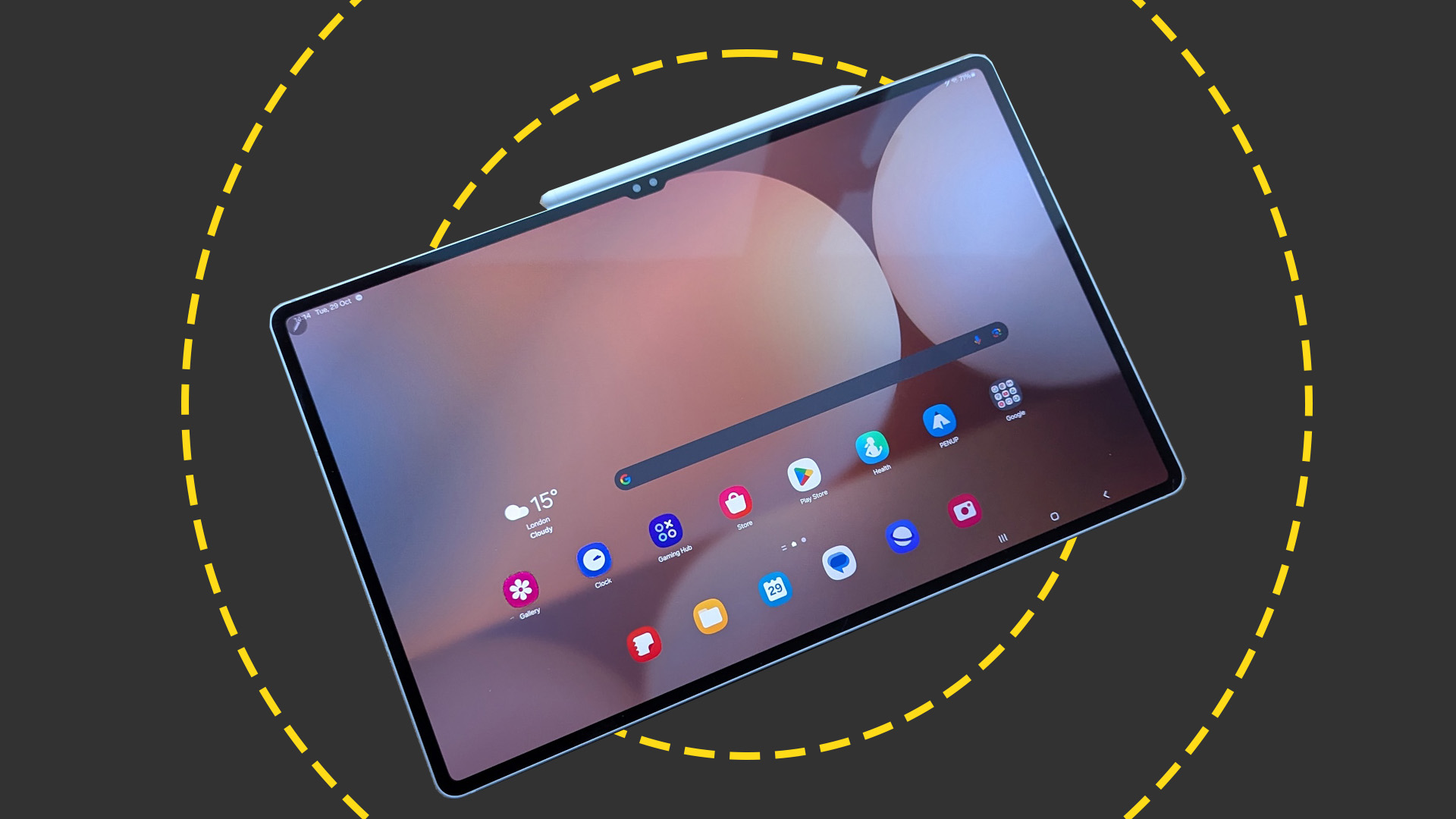 Samsung Galaxy Tab S10 Ultra review: Samsung's big-screen tablet is an AI-powered multitasking monster
Samsung Galaxy Tab S10 Ultra review: Samsung's big-screen tablet is an AI-powered multitasking monsterReviews The sheer size won't be for everyone, but the Tab S10 Ultra has the screen, performance, and multitasking prowess for serious work
By Stuart Andrews Published
-
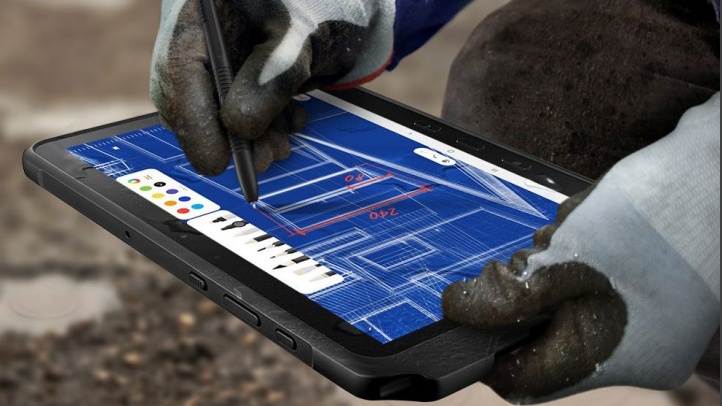 Rugged goes mainstream
Rugged goes mainstreamwhitepaper Why every business needs rugged devices to get the job done
By ITPro Published
-
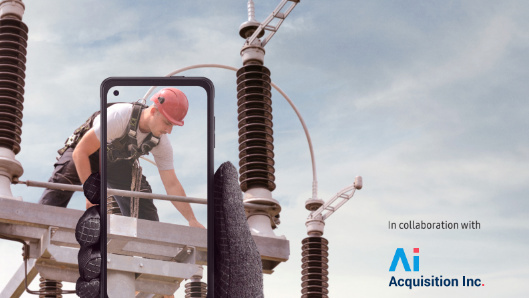 Why tougher doesn’t need to mean harder
Why tougher doesn’t need to mean harderwhitepaper Bridging the rugged and consumer device divide
By ITPro Last updated
-
 Samsung reveals plans for $15bn chip research center to break semiconductor scaling barriers
Samsung reveals plans for $15bn chip research center to break semiconductor scaling barriersNews The news follows the company's proposal in July to build 11 Texas semiconductor plants worth $191 billion
By Praharsha Anand Published
-
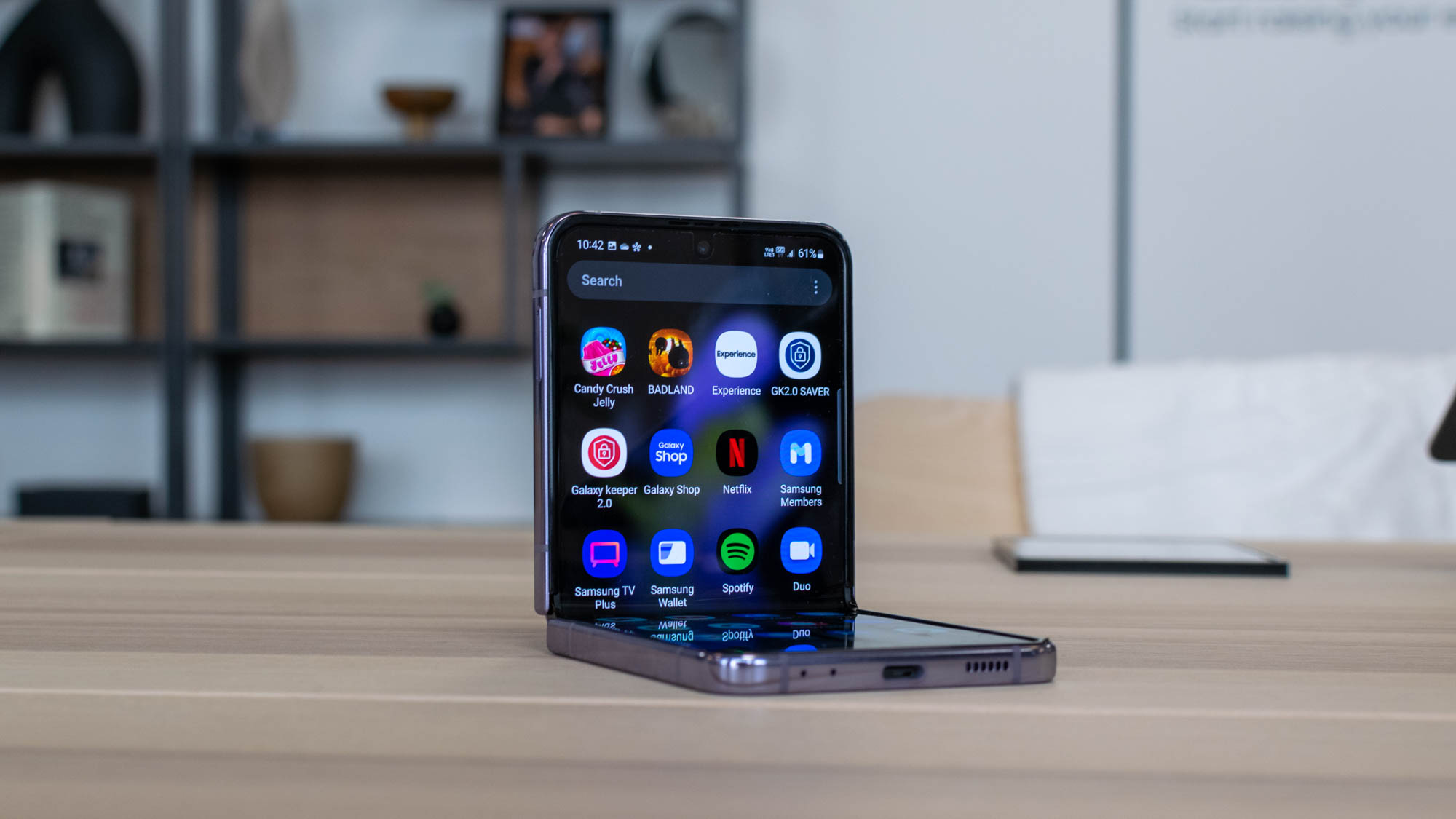 Samsung Galaxy Z Flip 4 hands-on review: A welcome (if minor) update
Samsung Galaxy Z Flip 4 hands-on review: A welcome (if minor) updateFirst look Samsung’s latest foldable is appealing, but does little to stand out from its predecessor
By Adam Shepherd Published
-
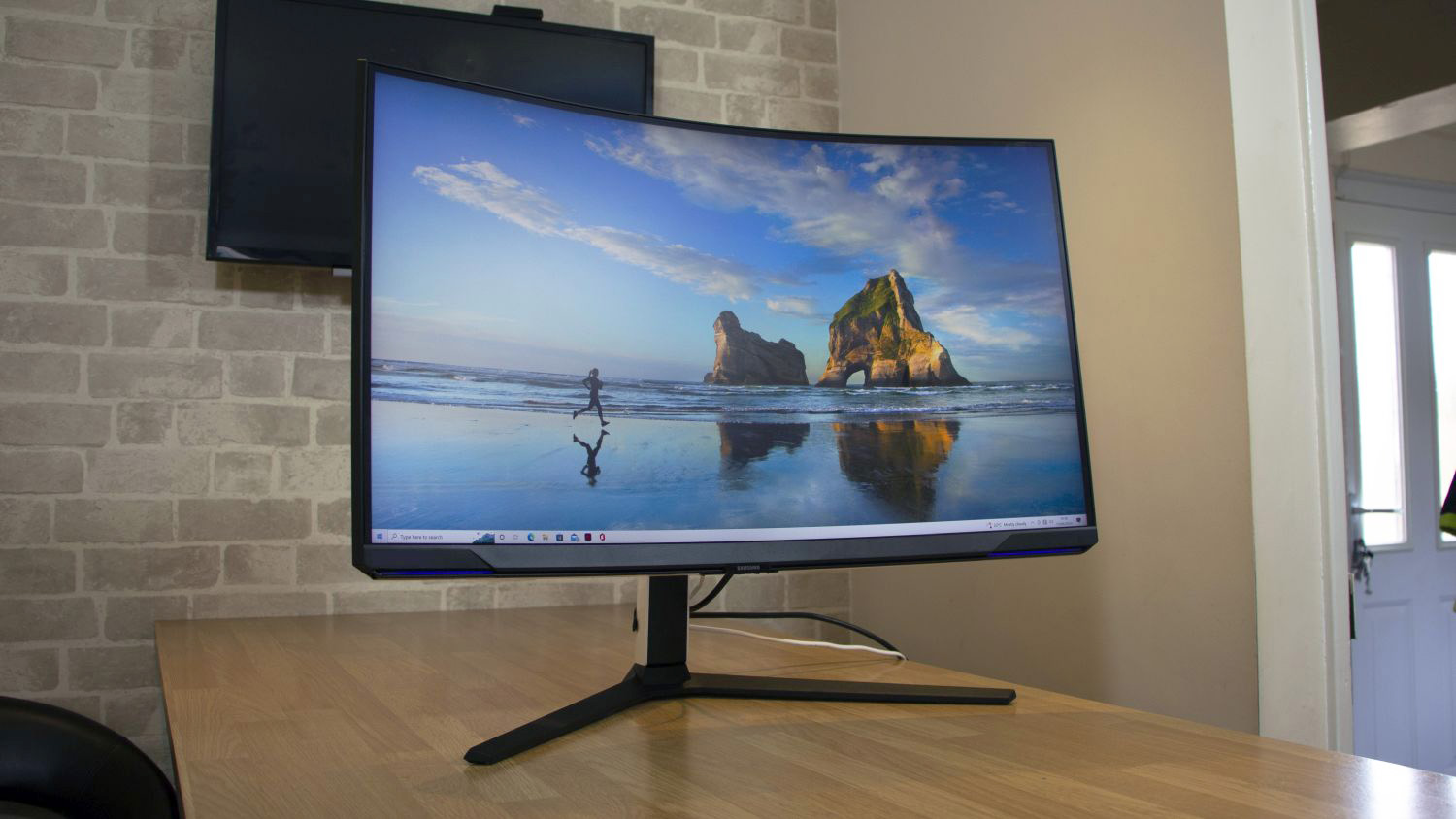
 Samsung Odyssey Neo G8 review: A groundbreaking display for work and play
Samsung Odyssey Neo G8 review: A groundbreaking display for work and playReviews The world’s first 4K/240Hz screen delivers sensational contrast and great colours, albeit for a high price
By Mike Jennings Published